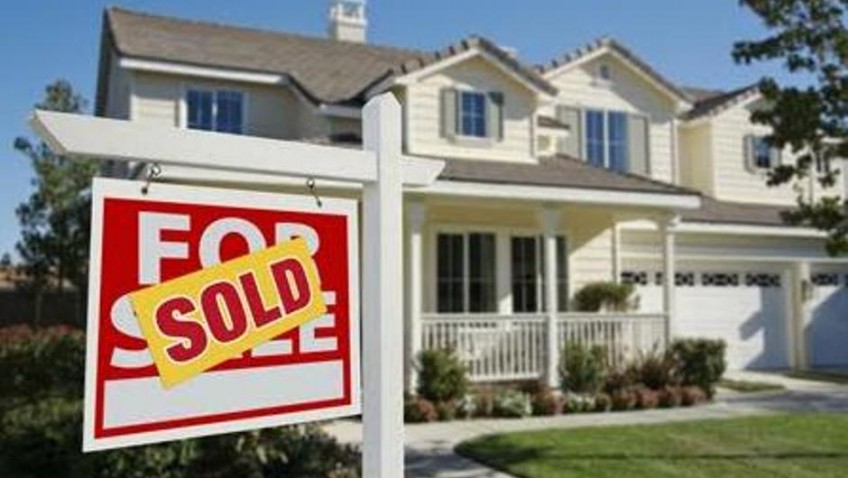Despite significant increases in the numbers of older people living alone, half of all older people with care needs haven’t made adaptations to their homes to make it easier to live in, finds the International Longevity Centre – UK (ILC-UK) in their new “State of the Nation’s Housing” report.
While specialist retirement housing can offer more adaptations and play a part in supporting downsizing, new analysis from the think tank finds that the retirement housing supply gap is set to worsen.
The State of the Nation’s Housing is published today by the International Longevity Centre – UK (ILC-UK), and paints a picture of increased under-occupancy and declining average household size:
- Since 2005 there has been a significant increase in the number of 45-64 year olds living alone (500,000) as well as the number of 65-74 year olds living alone (300,000).
- Over 16 million people – mainly owner occupied, middle aged and older households – live in under-occupied housing. 6 million live in houses with 2 or more excess bedrooms.
- The 50 to 64 age group has the highest number of people in under-occupied homes (4.5 million), while the 65-79 age group has the highest proportion.
- Nearly 9 in 10 of the 65-79 age group live in under-occupied housing – over 50% live in homes with two or more excess bedrooms.
Specialist retirement housing could be a solution for some, but new analysis by the ILC-UK projects a shortage of 160,000 retirement housing by 2030
Those in retirement housing are significantly more likely to be living in homes with adaptations than those who do not. Approximately 87% of those in retirement housing have home adaptations, by comparison to around 60% of other housing.
The rate of construction of new housing for older people has varied over the years. It peaked in 1989 at 30,000 units but has since fallen back dramatically – averaging around 7,000 new units a year over the last decade
There are around 515,000 specialist retirement and extra care homes in England. However, this means that there is only enough specialist housing to accommodate 5% of the over-65 population.
According to our calculations, there could be a retirement housing gap of 160,000 retirement housing by 2030 if current trends continue. By 2050, the gap could grow to 376,000.
Among those over 50 who reported having problems with their homes, the most common noise (around 25%) and being too cold in the winter (around 20%).
Baroness Sally Greengross, Chief Executive, ILC-UK said: ‘Our report highlights that there are millions of over 50s with care needs who haven’t adapted their housing for old age and may be in homes too big for them.
‘Retirement housing could be a solution for some older people but we are building far too few of this type of housing.
Government must ensure that planning better supports and encourages adaptations. If older people are to live longer in their own homes we must better support older people to make adaptations to allow them to continue to live independently their own homes. A freeze in the current rate of stamp duty might also encourage more over 50s to move to homes better suited to their current, and future needs’.




